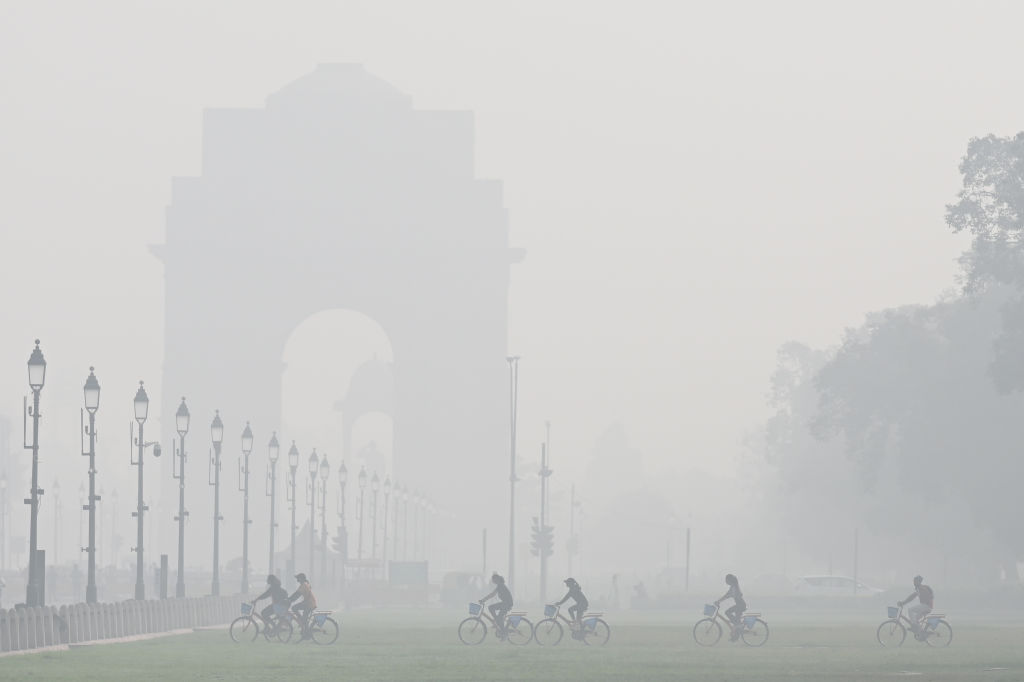Delhi’s air quality remained in the ‘very poor’ category on Monday morning, with an Air Quality Index (AQI) of 349 recorded as of 9 a.m., according to the System of Air Quality and Weather Forecasting and Research (SAFAR)-India.
The AQI level at Aurobindo Marg stood at 206, 358 at Alipur, 385 at Anand Vihar, 356 at Burari Crossing, 367 at Dwarka-Sector 8, 338 at IGI Airport-T3, 307 at Lodhi Road, 382 at Mundka, 357 at Najafgarh, and 371 at RK Puram. Additionally, the Central Pollution Control Board (CPCB) recorded AQI levels of 315 near Jawaharlal Nehru Stadium and 378 at Akshardham, both categorized as ‘very poor.’
AQI levels between 200-300 are classified as ‘poor,’ 301-400 as ‘very poor,’ 401-450 as ‘severe,’ and anything above 450 is considered ‘severe plus.’
The prolonged exposure to toxic air in Delhi has worsened public health, with hospitals reporting a surge in patients suffering from respiratory distress, including individuals with no previous history of respiratory problems.
Dr. Nikhil Modi, Senior Consultant for Respiratory Critical Care at Apollo Hospital, said that even individuals with no prior respiratory issues are now experiencing symptoms like runny nose, sneezing, coughing, and difficulty breathing.
Dr. Arvind Kumar, Chairman of the Institute of Chest Surgery, Chest Onco Surgery, and Lung Transplantation at Medanta Hospital, said: “Breathing this kind of air chokes the throat. ICUs are now filled with pneumonia cases. Pediatricians’ clinics are flooded with children having breathing difficulties. In every household, children and adults are coughing. These temporary measures like school closures and other GRAP protocols are knee-jerk reactions that do not address the root of the issue.”
Meanwhile, pollution in the Yamuna river remains high, with toxic foam persisting in areas like Kalindi Kunj.
(With ANI input)




















